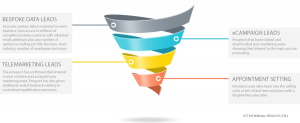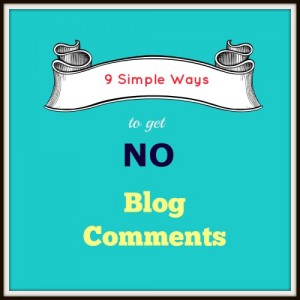In 2013, there were over 100 billion business emails sent and received every day across the world. By the end of 2017, this figure is expected to have risen to over 132 billion (The Radicati Group).
Within the business sphere, email is the predominant form of communication – and that makes it a highly valuable vehicle for your marketing messages.
Therefore, it’s not only necessary to target the right people with your emails – but to maximise the chance that they will open them and then click through.
Here are five tips to help you achieve success.
1. Write a compelling subject line
The subject line is the first thing your recipients will see – it’s your opportunity to get your email opened. If you don’t manage to capture your audience’s attention, your carefully-crafted email may end up in the trash folder. So think about how it can stand out in an inbox that’s likely already full of marketing messages.
Research carried out by Adestra in 2015 found that using words such as “exclusive” and “special” results in a higher open rate and click through rate. These kinds of words create a sense of urgency that encourages the reader to open your email right now – because they suggest that there is a benefit to be gained from engaging with the message.
However, while you want to make an impact, it’s also important to keep your subject line succinct and to the point. Your recipient is likely to be scanning their inbox, so they should be able to process it quickly.
2. Send at the right time
There isn’t really a “set” time when you should send your emails. It depends on the nature of your business and the people you are targeting. However, with B2B communication, it clearly makes more sense to send emails Monday to Friday and within working hours.
It’s worth implementing an A/B test, also known as a split test, for new campaigns and carefully analysing your results. This process simply involves sending out different versions of the same email to see which one performs better. Not only can you send the email out at different times, but you can also alter aspects such as the subject line or the content itself. All of this information can then be used to inform your future campaigns.
3. Brand your communication
Recipients choose whether to open an email based on a number of factors – one of the most important being who it’s from. So make sure your email is clearly branded and that the email is seen as coming from your company’s domain.
It’s also a good idea for the email to be sent from an individual within your business, rather than a generic email address. This adds a more personal touch, thereby humanising your marketing campaign.
4. Offer great content
Getting recipients to open your emails is the first hurdle you have to successfully overcome in B2B email marketing. But now you have to keep them engaged. So how can you encourage them to take the next action; to click through?
Aim to keep the copy concise and include an enticing call-to-action (CTA). More importantly, ensure that you are saying something useful and interesting – and you are doing so in a manner that is engaging. Writing on Copyblogger, Henneke says: “How often do you shrug your shoulders and press delete after reading a marketing email?
“Many marketing messages make us cringe. They don’t sound like a human being wrote them. They don’t engage. They lack personality and feel cold-hearted.”
If you address your audience’s questions and problems and make them feel as though you truly care, you are far more likely to make them want to take the next step – whether that’s subscribing to your newsletter or setting up a consultation call.
5. Clean your data
“Dirty” data – i.e. data that is inaccurate, out of date, or has been obtained unfairly or even illegally – will result in more bounces, a lower open rate, a lower click through rate – and, ultimately, a poor return on investment (ROI). High numbers of bounces or complaints from recipients can also lead to your ISP address being blacklisted.
Regularly cleaning your data will ensure it remains up to date and that you are consistently targeting the right people.
Email remains the leading form of communication between businesses – and this makes it ideal for sending marketing messages. However, in order to make the most of this opportunity, it is important to think carefully about how your target your ideal customers, and to take steps that will encourage your recipients to read and react to your emails.
Digital & Social Articles on Business 2 Community(54)





